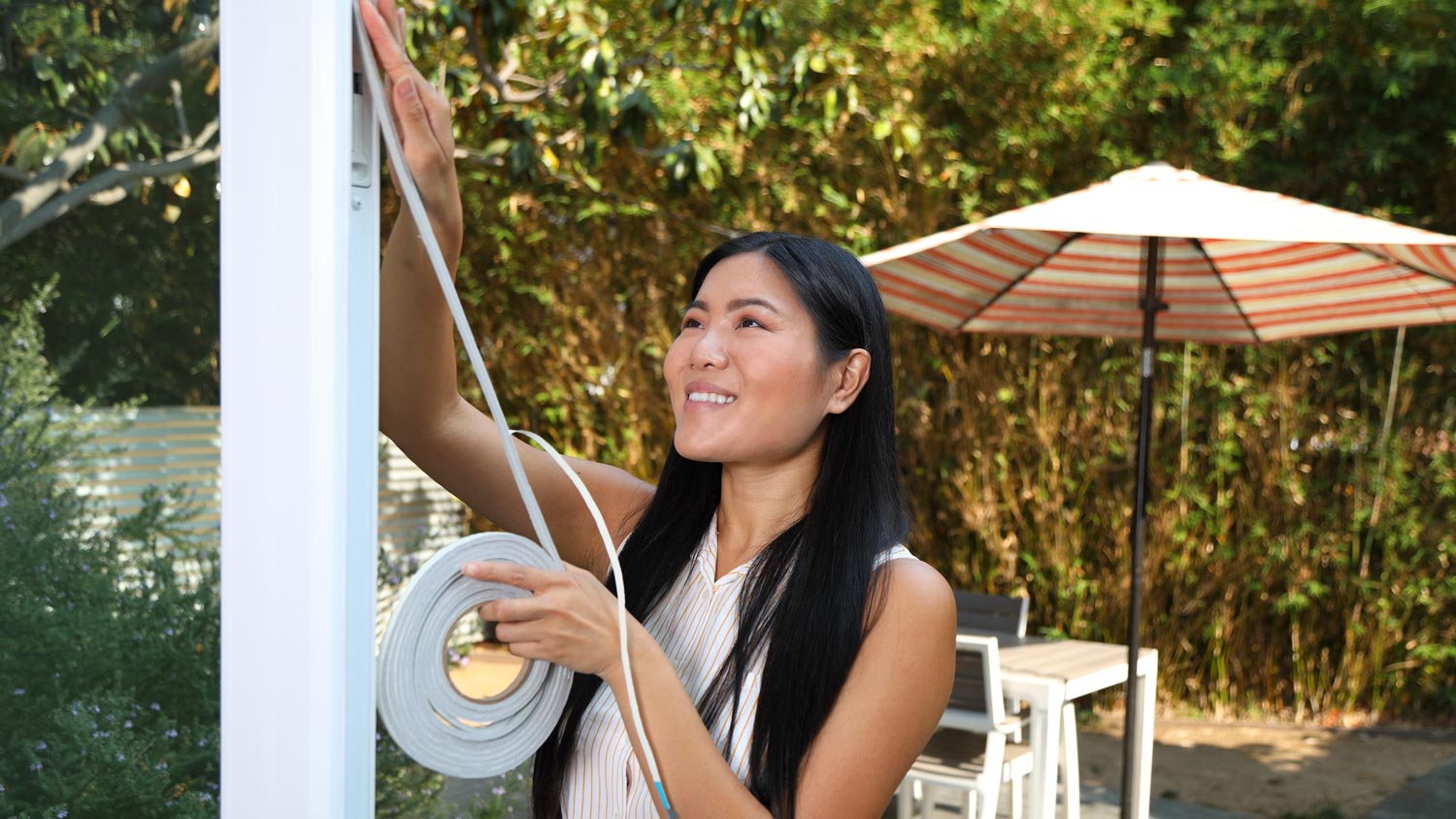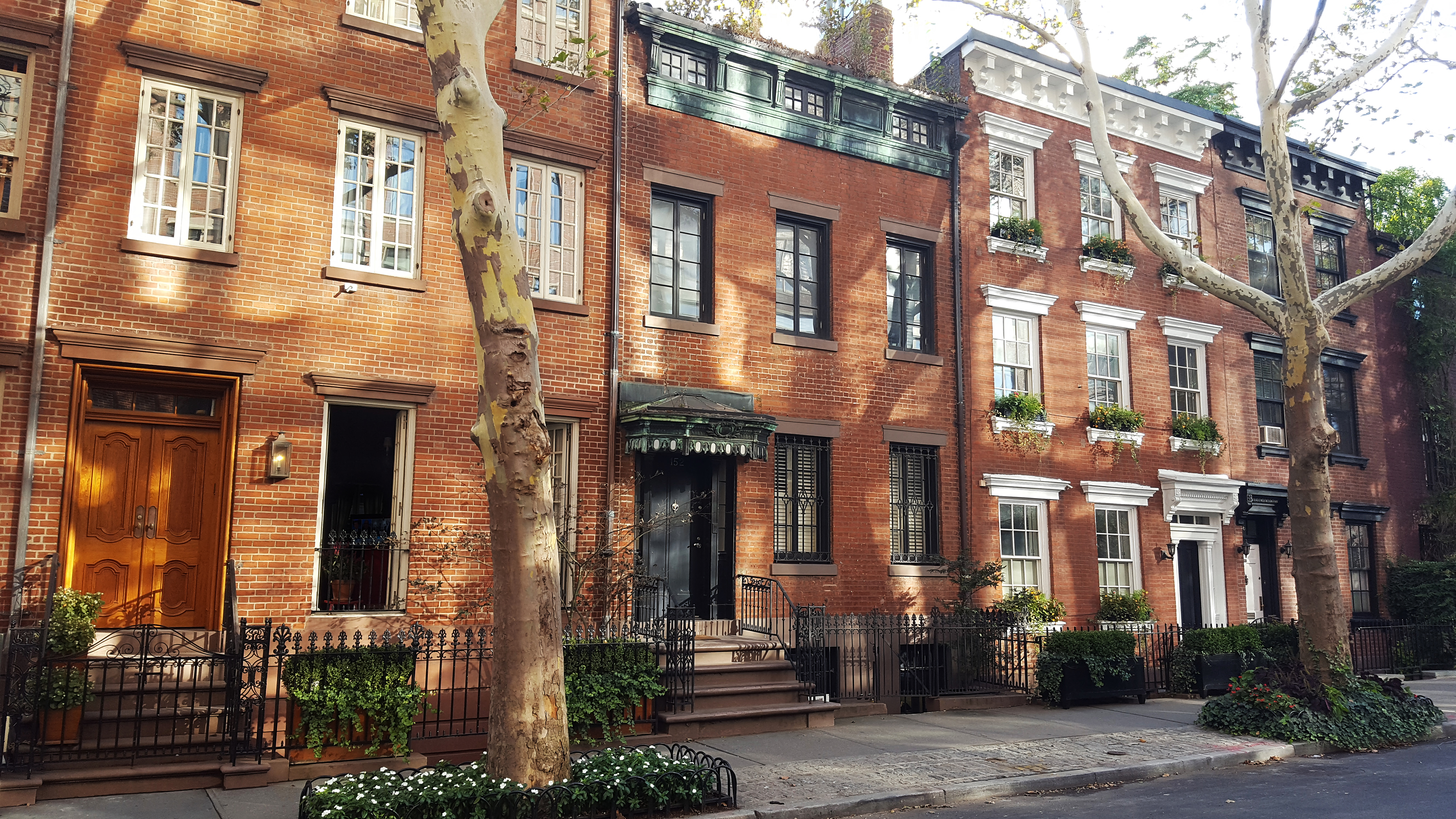
Depending on the damage type, window repair costs in New York can be high. Learn the factors that influence the cost to fix your windows.
Windows should be seen—not heard


If you notice your windows rattling when a large truck drives by, during a windstorm, or when you turn up your stereo, it's time to do a little detective work. To determine how to fix rattling windows, your first job is to figure out the specific problem. Luckily, there are a few quick and budget-friendly solutions to stop your windows from shaking and shuddering. Not only is silence golden when it comes to enjoying the view outside your window—secure windows help keep your home at a comfortable temperature all year round.
Read on to learn everything you need to know about how to fix rattling windows and tips to prevent the rattling from happening again.
Typically windows rattle because of loose glass panes that aren’t secure enough in the window frame. It’s also possible that your sash is loose, your mortice plate needs adjusting, or you need to add some weatherstripping. But sometimes, it signifies a greater problem like wood rot. Whatever the reason, if a window rattles, it needs some attention.
Over time, the window panes can become loose due to wear and tear, causing them to vibrate and produce a rattling sound, especially in windy conditions. You can tighten the hardware holding the glass pane in place. If that doesn’t work, try caulking the edges of the glass where it meets the frame.
Similar to the glass panes, a window sash (the frame that holds the glass in place) can become damaged over time. If there are gaps between the sash and the frame, use wood shims to adjust the fit.
Weather stripping around the window frame can deteriorate over time. If worn, damaged, or missing, it can allow air movement, leading to rattling.
Most windows can last 15 to 50 years. If your windows are much older than that, it’ll be more cost-effective to replace the windows.
Whether it’s your bathroom, bedroom, or kitchen windows, there are a few ways to keep them from making a rattling sound. Here are a few potential ideas for how to fix rattling windows.
.jpg?impolicy=leadImage)
Loose glass panes are usually the culprit for rattling windows. By caulking to secure the glass, you’re also making your window airtight.
Using a putty knife, apply caulk to the edges where the glass meets the window sash. Make sure you fill all cracks.
Dip a rag in vinegar and water, and wipe away excess caulk.
Let the caulk dry for at least eight hours.
Rainwater can cause old wood window frames to rot and warp from moisture damage. As a result, the glass may no longer fit properly in the wooden frame. While compromising the airtightness of your window, it also causes rattling.
If more than 10% of the frame has wood rot, you should replace the window rather than repair it. Replacing a rotted frame with wood filler weakens the overall integrity of the window. The more rot that is present, the weaker the window.
Using a chisel, chip away at the rotted wood until you unearth healthy wood. Use a brush or rag to wipe away debris.
Drill holes into the wood, spacing them about an inch apart. This will help the wood filler adhere to the wood. Wipe away the dust.
Fill the holes and apply the previously rotted area with wood hardener. Let it dry, and then apply another coat.
Using a putty knife, apply the wood filler and form it into the shape of the window frame. Let it dry.
When dry, sand the filler with coarse sandpaper and eventually change to a finer grade of sandpaper to smooth out the surface.
Match the paint color and type of paint on the existing window frame. Line the glass with painter’s tape to protect it while painting. Using a thin paintbrush, paint the window frame and let it dry. Depending on the paint, you may need two coats.
Mortise plates secure windows when they are closed. When loose or damaged, these don’t properly secure your windows and can cause rattling. You may need to replace the mortise plate or take it off and refit it so that it holds your window shut.
Using a screwdriver, remove the mortise plates.
Refit the hardware to see if that secures the window and stops the rattling. If it doesn’t, head to your hardware store to purchase new hardware ($5 to $15) to secure your window. You may also be in need of new hardware if the mortise plates are no longer operable, rusted shut, or broken.
Inspect your weatherstripping to see if it needs repair. Weatherstripping is a budget-friendly way to stop those windows from rattling but also to increase your home’s insulation value and decrease your monthly energy bill. Even better? This is a simple process that’s easy for beginners to tackle.
There are many types of weatherstripping available. Go for V-channel adhesive-backed weatherstripping along with some foam tape for ultimate insulation and durability.
Before applying, clean the window, especially the sash, and allow every component to dry.
Measure your window frame, including the sash, and cut the foam tape and V-channel weatherstripping to size. Allow an extra inch on each side for the V-channel weatherstripping.
Peel back the foam tape and carefully press the adhesive side against the bottom of the sash so it forms a nice bond.
Insert your V-channel weatherstripping along the jamb and sash. Peel back the adhesive and press firmly into the jamb. For the sash, open up the window several inches and apply the weatherstripping so it faces up. The goal here is for the weatherstripping to compress when the window is closed.
Drive finishing nails into the jamb.
Repeat with all available windows and consider applying weatherstripping to doors.
Sometimes, there just isn’t a fix for rattling windows—except for replacing them. If your windows are a couple of decades old and none of these fixes have worked, it may be time to upgrade them. Otherwise, you could spend more money trying to patch them up than you would on new windows.
On average, window replacement costs range between $180 and $410 per window. Hiring a pro to install them will add around $100 to $300 per window.
You can prevent rattling windows by practicing regular window maintenance. It’s a good idea to keep your window tracks clean and lubricated; otherwise, your frames may get stuck and, eventually, get loose. You should also keep an eye out for window damage and repair it as soon as possible.
For handy DIYers, fixing a rattling window is an easy project that shouldn’t take more than an hour or two. But if you’d rather spend that time enjoying some downtime, you can hire a local window repair company to take care of it. Most window pros charge between $30 and $50 an hour for their work.
Lawrence Bonk contributed to this piece.
From average costs to expert advice, get all the answers you need to get your job done.

Depending on the damage type, window repair costs in New York can be high. Learn the factors that influence the cost to fix your windows.

Find out the cost to replace weatherstripping. Learn about material and labor costs, cost-saving tips, and what impacts your total price.

Replacing your old windows improves curb appeal and can regulate your home’s interior temperature. Learn about average window replacement costs in New York.

Want a quieter home? Learn how to soundproof windows with seven practical methods that block noise and boost comfort—light sleeper and city dweller approved.

Experienced DIYers can save money by replacing a window on their own. Here’s a step-by-step process for learning how to replace a window.

Skylight sizes and dimensions suit different household needs, see which type is best for your home and fits with your roof style.